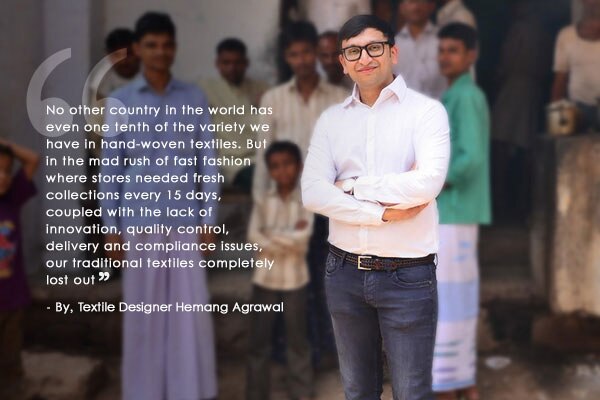
BB: Most designers or fashion graduates from abroad prefer to stay in the fashion capitals. Why did you chose to come back to Banaras?
HA: After studying fashion, I went back to Banaras primarily for two reasons: one is the fact that I love the city of my birth, the energies she has, and two, I was always interested in working with handwoven-patterned textiles, and Banaras is the most advanced of all such centres in the world. Also, I feel lost in big cities where I find most of them working towards a destination without enjoying the journey.
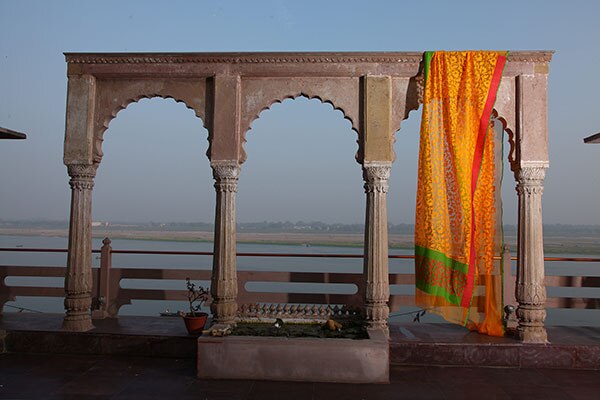
BB: As a textile designer from Banaras, you have witness the rise and fall of Banarasi weaves over time. How has that panned out?
HA: Fashion, by its inherent nature, is cyclical. Banaras had a glorious past as a couture textile centre, and then we saw how, in the last 15 years, embroidered textiles took over the couture space whereas prêt largely remained with the powerloom and mill sectors. Now, again, we are seeing a revival of Banaras handlooms in the couture, wedding and festive-wear segments, as well as some inroads into the prêt segment. I think with proper design intervention and quality control, the current surge can be sustained for the long-term future.
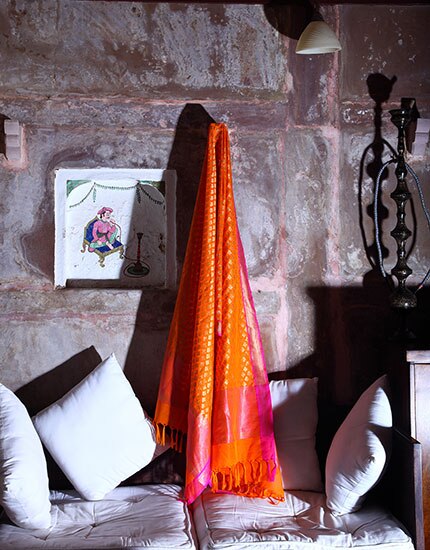
BB: You are the missing link that connects the weavers with contemporary designers. Tell us about your pursuit on that front?
HA: A weaver, or any artisan for that matter, has a specific set of skills. Many a time, the resultant product of these skills is not what the contemporary fashion market requires. That’s where design interventions are needed. It’s also important that the intervention should be not go so far that it takes away the soul of the craft. I have been trying to just be that catalyst for the last 10 years as far as Banaras textiles are concerned. I am sure there are many such interventions happening in various other craft clusters also.
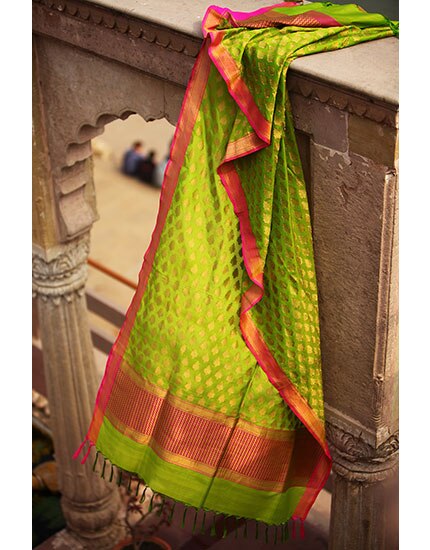
BB: To stand in solidarity with and work for the weavers, many of whom are finding it difficult to even make a living out of their craft; how difficult has it been?
HA: Too many weavers in Banaras have shifted to other vocations over the last decade because, as you said, they were finding it difficult to even make a living. But many still continued weaving even during the tough times because of their love, attachment and passion for it. It’s been far more difficult for them than for somebody like me. I am just happy that I’ve been able to bring about a small change in the lives of a few such craftsmen.
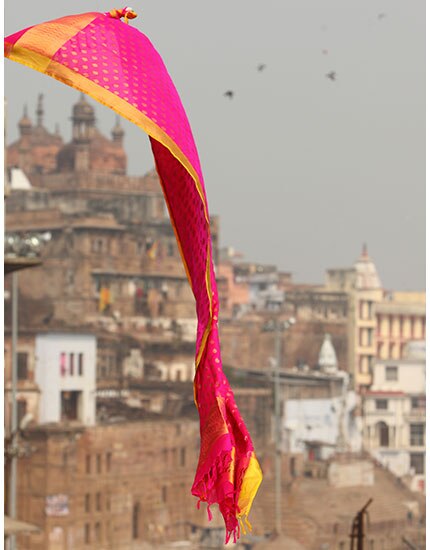
BB: What, according to you, is the best way to restore, revive and take the handlooms international?
HA: Their restoration and revival is a very extensive topic but I can say that it can only be brought about if the craftsmen, the design fraternity, the associated businesses and the government work together with unidirectional approach—as against the current situation, where all stakeholders are working independently in various directions, making this whole issue a zero-sum game.









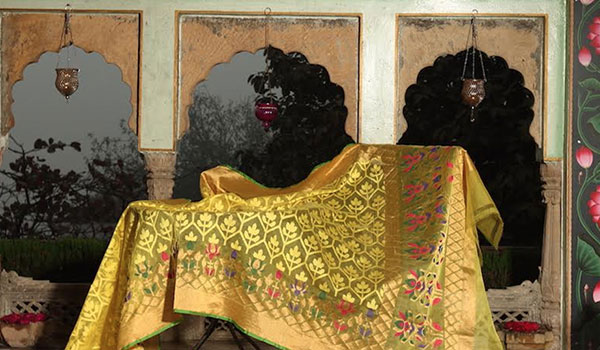






 Privacy Notice
Privacy Notice
Written by Khubi Amin Ahmed on 27th Aug 2015